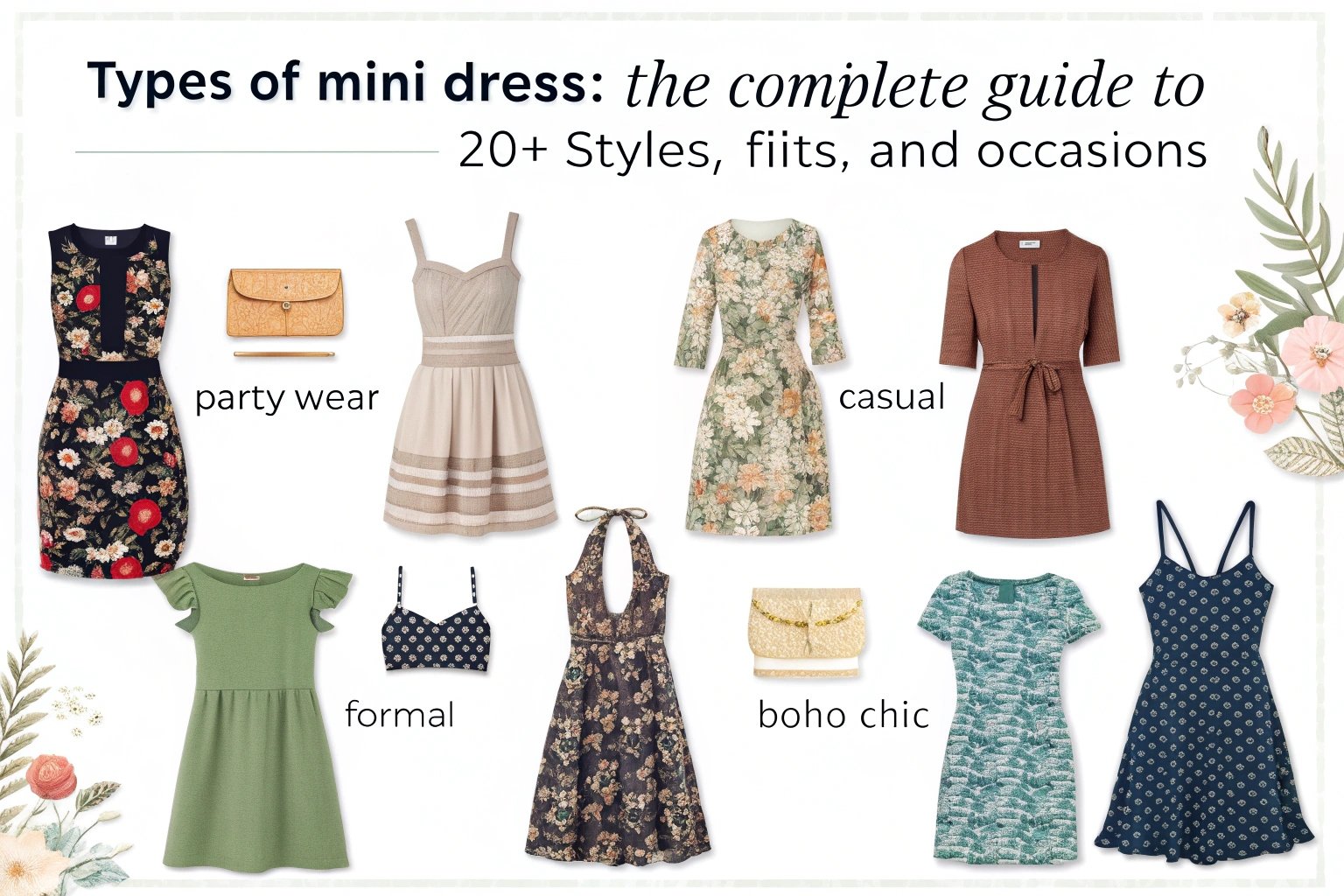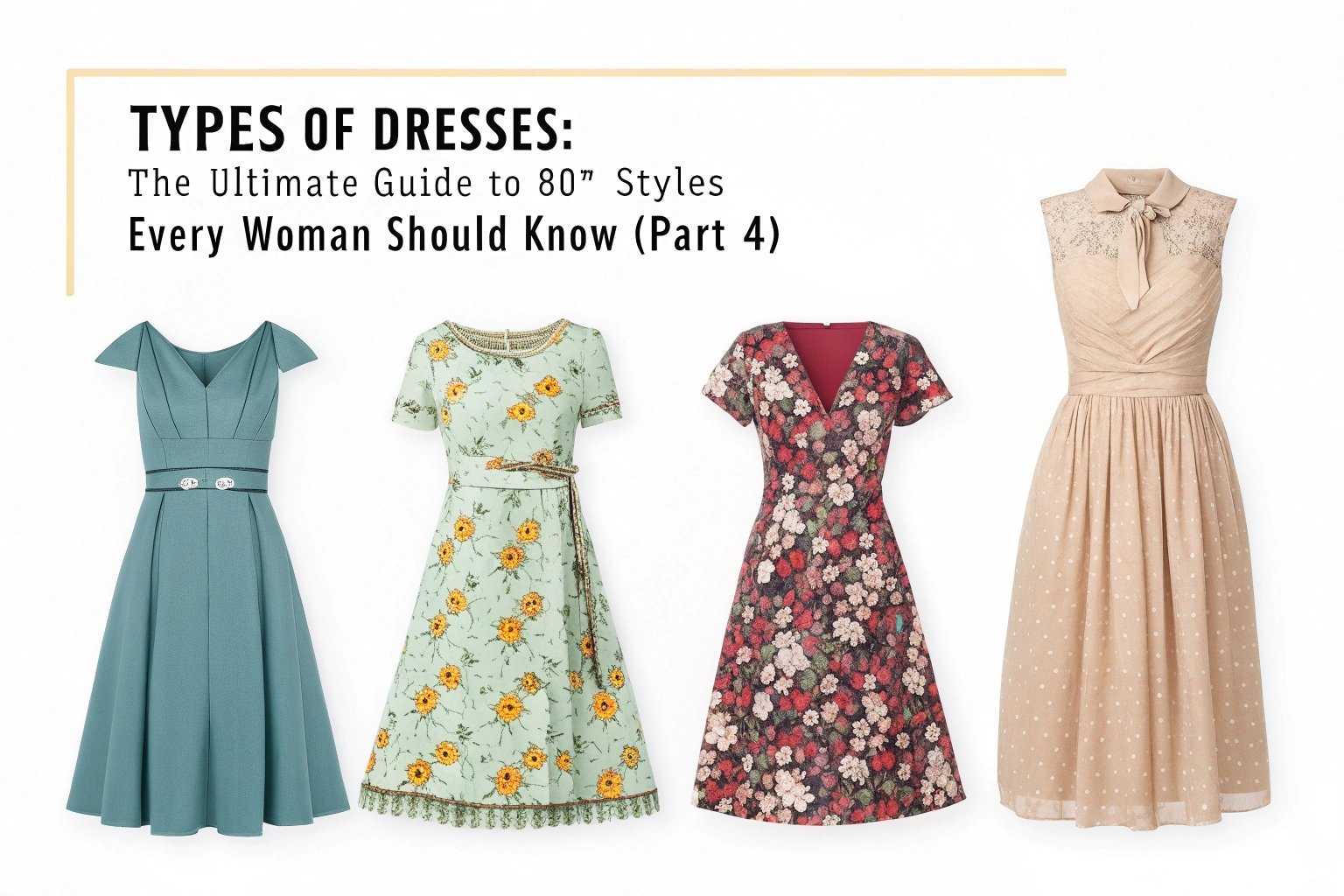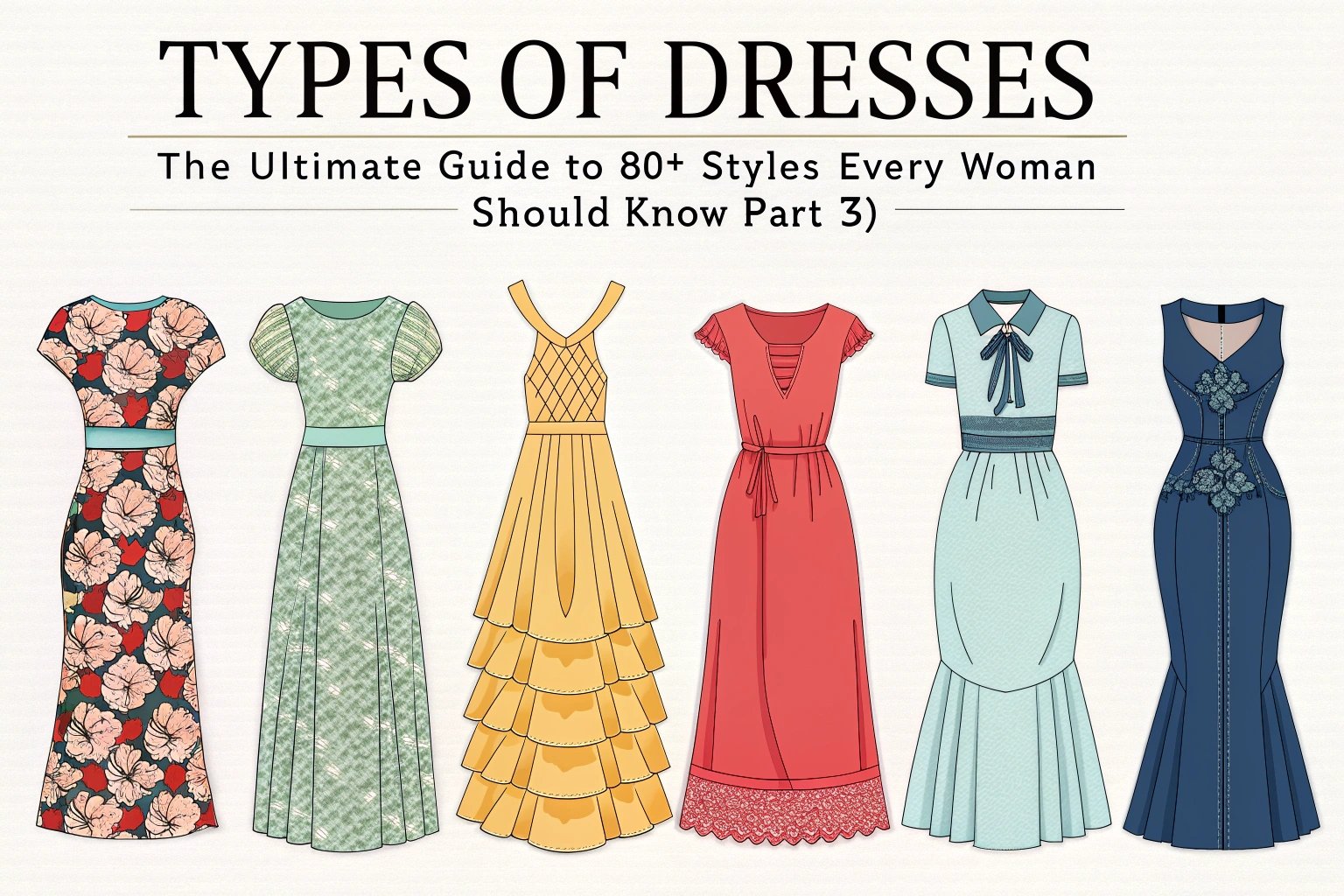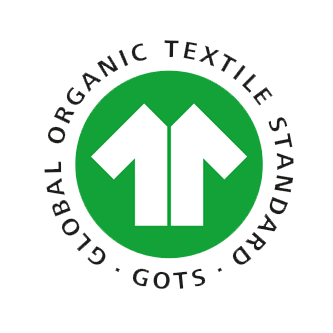We work with fashion buyers and designers across all experience levels. A frequent question we hear—especially from startup brands or those entering new categories—is: “What is the easiest fabric to use when making a dress?” The answer is surprisingly practical.
The easiest fabrics to make a dress are cotton, cotton blends, medium-weight jersey, and rayon. These fabrics are stable, easy to cut and sew, and perform well across various silhouettes.
Here’s what makes a fabric easy to work with and how to align your selection with production needs.
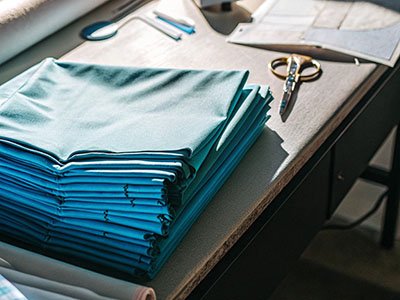
What makes a fabric easy for dressmaking?
Ease is about predictability in cutting, sewing, and wearing.
A good beginner-friendly fabric should hold its shape while cutting, resist fraying, handle machine stitching smoothly, and provide enough drape or structure depending on the design.
Key ease-of-use characteristics
- Stable weave or knit
- Low fraying edges
- Balanced weight (150–200 GSM)
- Doesn’t slip or stretch out of shape
Common beginner mistakes
- Choosing slippery fabrics like satin
- Picking too-stretchy knits without proper handling
- Using ultra-lightweight materials that shift during sewing
Why is cotton considered the easiest fabric?
Cotton checks almost every box.
Cotton poplin, cotton lawn, and cotton broadcloth are staples in dress manufacturing for good reason—they’re breathable, non-slippery, and easy to cut and stitch.

Cotton advantages
| Type | Description | Ideal For |
|---|---|---|
| Cotton Poplin | Crisp, midweight, versatile | Shirt dresses, casual styles |
| Cotton Lawn | Lightweight, soft | Summer dresses, baby dolls |
| Cotton Sateen | Slight sheen, holds shape | Day-to-evening dresses |
What we use at Xzapparel
For entry-level or large-scale clients, we stock 100% cotton and 97/3 cotton-spandex blends in multiple colors and patterns for maximum compatibility with basic dress forms.
Is jersey fabric also easy to sew?
Yes—with the right preparation.
Medium-weight cotton or rayon jersey is soft, stretchable, and comfortable to wear. It requires knit-specific sewing tools but offers great efficiency once mastered.
Why jersey works
- Doesn’t fray—no need for serging every seam
- Forgiving with fit due to stretch
- Fast to sew once you stabilize edges
What we recommend
- 180–200 GSM cotton-spandex or rayon-blend jersey
- Ballpoint needle and stretch stitch setup
- Avoid ultra-light jersey that curls at edges
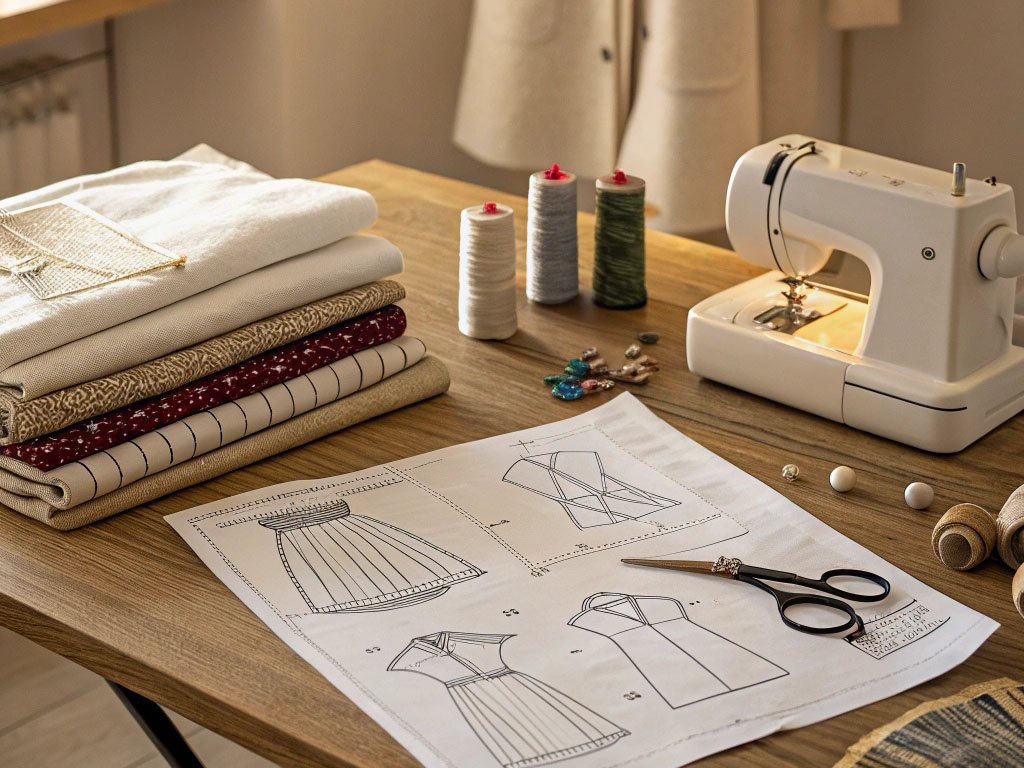
What are the easiest woven fabrics for structured dresses?
If the design needs shape—like a skater or fit-and-flare—go for woven materials.
Twill, cotton sateen, chambray, and linen-cotton blends offer structure without sacrificing ease.
Beginner-friendly woven picks
| Fabric | Key Features | Best For |
| Twill | Soft diagonal weave, stable | School and utility dresses |
| Chambray | Lightweight denim style | Casual or resortwear |
| Cotton Sateen | Subtle sheen, holds pleats | A-line, midi, belted styles |
| Linen-Cotton | Texture + breathability | Summer or eco-style dresses |
Buyer tips
- Use fusible interfacing for collars or waistbands
- Double-topstitch for cleaner edges
What fabrics should new buyers avoid?
Avoid frustration early on.
We advise against starting with fabrics that slip, distort, or require complex finishing techniques.
Common problematic fabrics
- Silk (slippery, hard to control)
- Chiffon (requires layers and lining)
- Stretch velvet (marks easily, difficult to press)
- Lightweight satin (frays and shifts)
What to use instead
Try poly-rayon blends, cotton-spandex, or stable knit alternatives when mimicking drape without the difficulty.

How do we support buyers choosing easy fabrics?
We offer consultation and fabric testing.
At Xzapparel, we guide new clients toward scalable, easy-to-manage textiles and provide pre-approved fabric rolls to accelerate production.
Our support model
- Suggest starter fabrics based on silhouette
- Offer test runs with low-MOQ pretreated fabrics
- Provide sewing technique guides per material
Case example
A client building their first basics line wanted ruched mini dresses. We suggested a 190 GSM cotton-spandex jersey, pre-washed and cut-stabilized. Their reorder rate tripled within two months due to fewer sewing errors and returns.
Conclusion
The easiest fabrics to make a dress are those that cooperate from cut to finish—like cotton, jersey, and cotton-based wovens. At Xzapparel, we help brands start strong by guiding them toward materials that simplify sampling, improve yield, and boost long-term garment quality.


